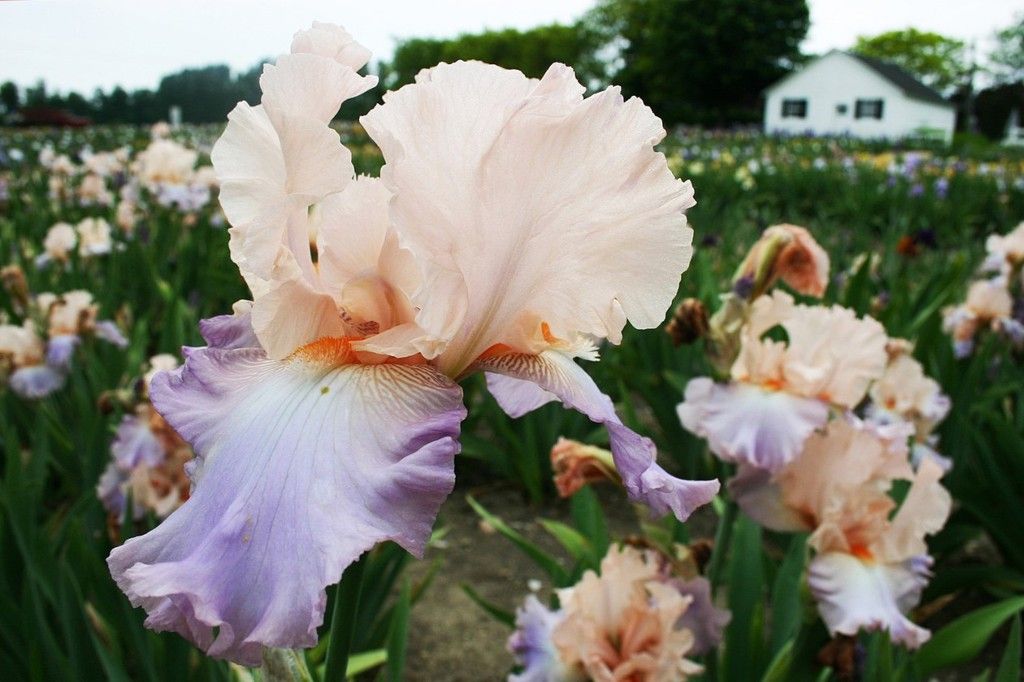If we concentrate on one particular flower genus, such as the iris, we can plant a number of different species that will bloom sequentially, so that we can enjoy a progression of color in our garden.
The tiny Iris reticulata bloom very early each spring, often in February and are followed by the bearded dwarfs, which bloom with the daffodils.
In April there are crested dwarfs such as Iris cristata and tectorum, and then the wonderful Siberians such as the deep purple ‘Caesar's Brother’.
May is when the tall German bearded iris bloom in concert with the peonies in my zone 6 garden, as well as the beardless Pacific Coast species. Then the Spuria species and the Dutch and then Louisiana iris come into flower in my yard and bloom until June.
They are followed by the large, flat, Japanese blooms, followed by the bulbous Spanish type.
I read of a grower in lower New York who has iris in bloom continuously until the end of July. And then there are the fall bloomers to follow.
Seek out the iris breeders in your area and learn from them how you can extend your seasons of bloom.
This is Moya Andrews, and today we focused on sequencing iris blooms.










